On the 25th of March, the moon was on the right of Jupiter:
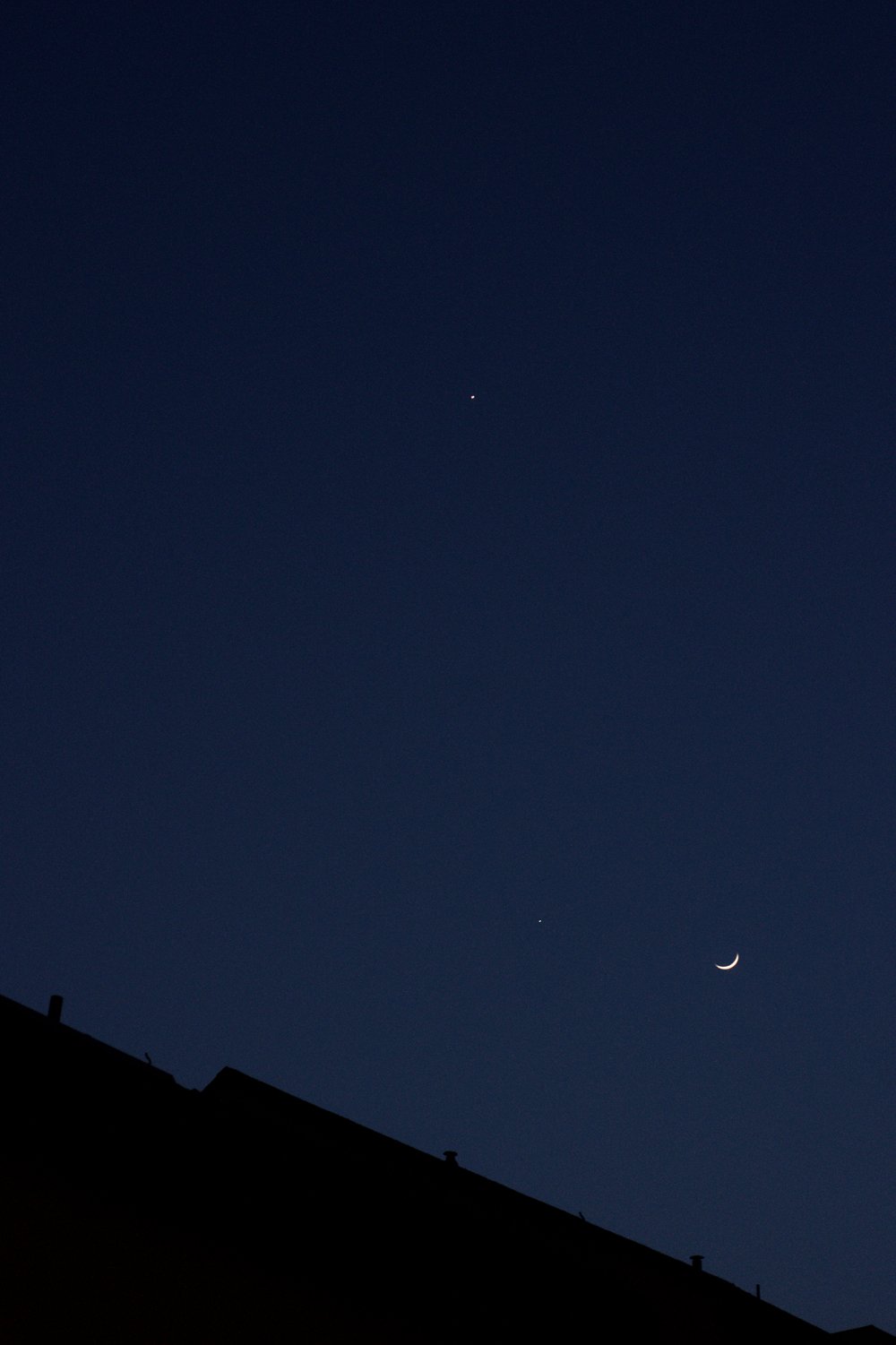
On the 26th of March, the moon was below Venus:
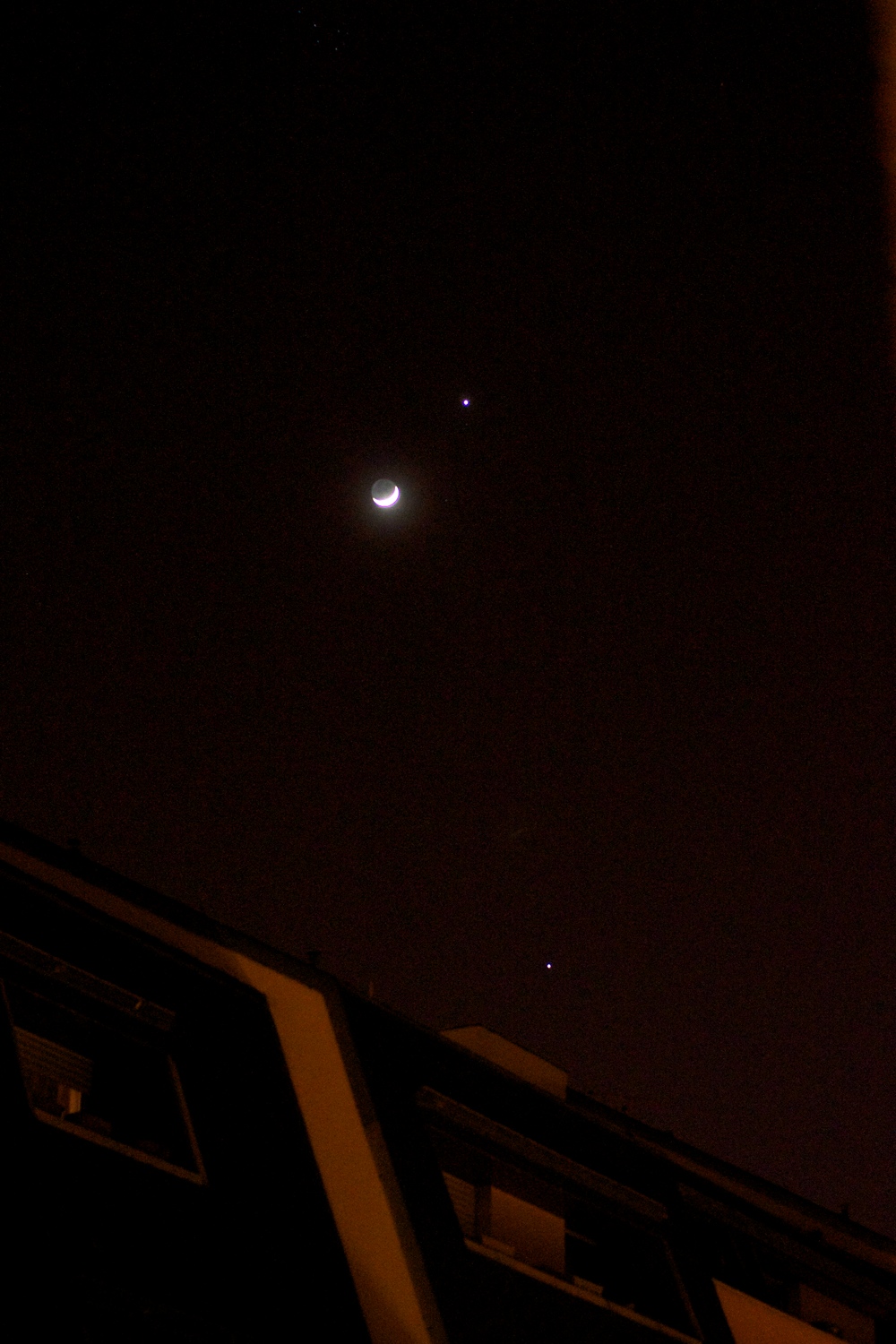
Aller au contenu | Aller au menu | Aller à la recherche
jeudi, mars 29 2012
Par polygraphe le jeudi, mars 29 2012, 23:20 - Astronomie
On the 25th of March, the moon was on the right of Jupiter:

On the 26th of March, the moon was below Venus:

vendredi, mars 16 2012
Par polygraphe le vendredi, mars 16 2012, 22:26 - Astronomie
OK, if you looked the evening sky those last days, you certainly saw the third and fourth brighter sky objects (after the Sun and the Moon of course). Look after the sunset to the west. The brightest of the two is Venus at a magnitude of -4. Although Jupiter is much larger, it is also further away so its magnitude will be at -2.
You can of course try to catch them on film, but using the technique of multiple exposures accumulation I detailed previously is not the best you can do. You will get something like this photo (Venus top right, Jupiter lower left):
You better try to find an interesting first plan and take a wider angle photo including earth surface and the two planets.
The closest of the conjunction was the 15th March, but the show isn't over. As the two planets move away of each other (Venus getting higher and Jupiter lower in the sky), Moon is approaching and between the 25th and the 26th of March will pass between the two planets.
So look at the evening sky next sunday and monday evenings and try to catch a nice photo of the crescent moon on the right of Jupiter on Sunday 25 and just below Venus on Monday 25.
lundi, octobre 24 2011
Par polygraphe le lundi, octobre 24 2011, 22:00 - Mathématiques
This is the translation of a post I wrote in french. Pour la version française lire mon autre blog.
The first time I heard about Évariste Galois it was in Bourg la Reine, birth place of Galois. My PhD supervisor narrated to me the short life of this legendary mathematician.
Évariste Galois was born on October 25, 1811 and died after a duel in 1832, just 20 years old. He spent his last hours not preparing himself for the duel but writing a last will letter trying to transmit his theorems and their demonstrations. And, despite his young age, he had a lot to tell.
Évariste Galois, intern at Louis-le-Grand college since its 12th year, tried unsuccessfully to enter Polytechnique at 16 years old and the year after he published his first paper on rational development of polynomial roots. A year later, after a second failure on Polytechnique he entered École Normale. The main subject of Galois all along his researches was the resolution of polynomial equations. He sent his manuscripts to Cauchy and Fourier, manuscripts unfortunately lost. He resubmitted his work to the French Academy, who appointed Poisson to examine it. Poisson's conclusion speaks about obscure and insufficiently developed work and suggests to wait a clearer presentation. Meanwhile, Galois is engaged in the republican demonstrations and spent six months in prison after being arrested the 14th july, 1831.
Shortly after his release from prison, a brief love affair results, in unclear circumstances, in a fatal duel on May 30, 1832. On the eve of the duel he wrote his famous letter summarising his findings. It lays the foundation for solving polynomial equations by radicals, which later became known as Galois theory, he introduced what would become the theory of Galois groups, he refers to concepts rediscovered by Riemann 25 years later. We imagine his rush to transmit his discoveries by a poignant marginal note: "There is something to add in this demonstration, I do not have time!". Galois died, his legend is born.
His work is finally published by Joseph Liouville 10 years later and that will be the beginning of the study of his theories by a plethora of mathematicians. To this day, Galois theory, Galois groups, its approach to the solvability of polynomial equations gave rise to several theoretical and applied developments.
The only purpose of the few words written here is to arouse the curiosity of the reader on the bicentenary of the birth of Évariste Galois. Much more detailed information is available on the official website of the event where you can read his famous last letter . A conference on Galois will be held from October 24 to 28 with an open public afternoon on October 26.
Tweetvendredi, octobre 14 2011
Par polygraphe le vendredi, octobre 14 2011, 23:22 - Photographie
| Italy Padova: piazza dei Signori, the astronomical clock |
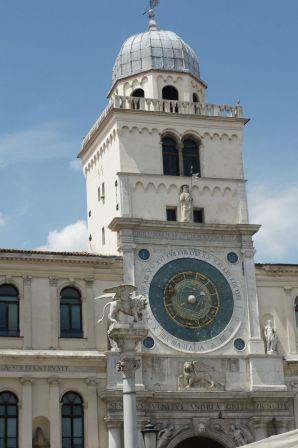
|
|
Italy Padova: Torre degli Anziani and Palazzo della Ragione |
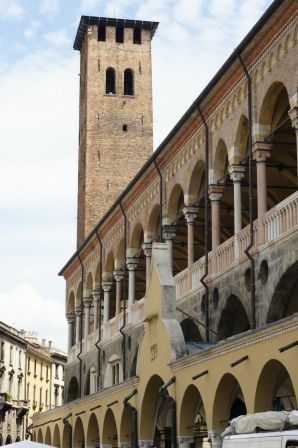
|
|
Italy Verona: Piazza dei Signori |
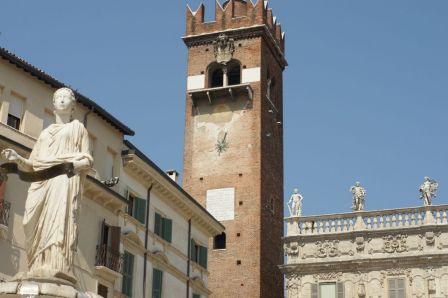
|
|
Italy Venezia: campanile di San Marco |
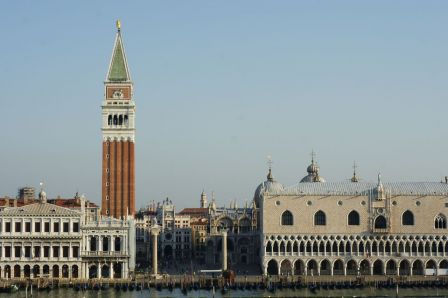
|
|
Italy Venezia: campanile di Santo Stefano protomartire |
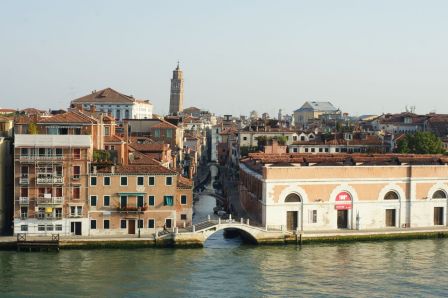
|
|
Greece Zante: Saint Dionysios bell tower Ζάκυνθος: καμπαναριό Αγίου Διονυσίου |
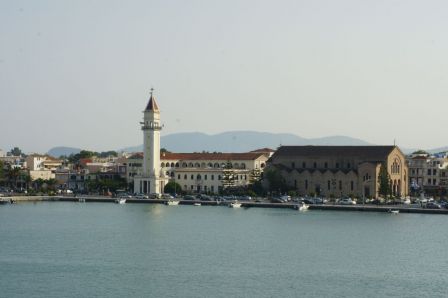
|
|
Greece Arta, the old clock tower |
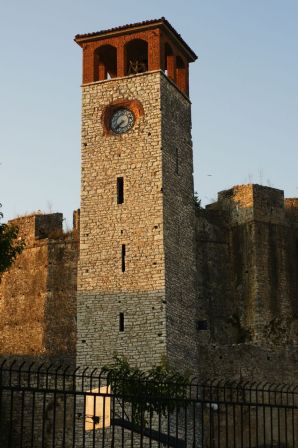
|
|
France Chamonix-Mont-Blanc: Saint-Michel church |
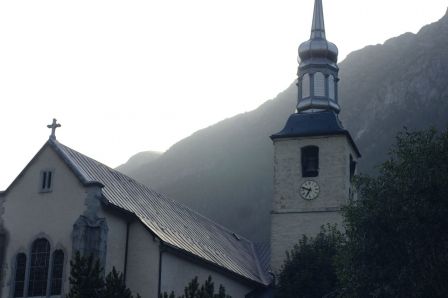
|
|
France Chamonix-Mont-Blanc, the clock |
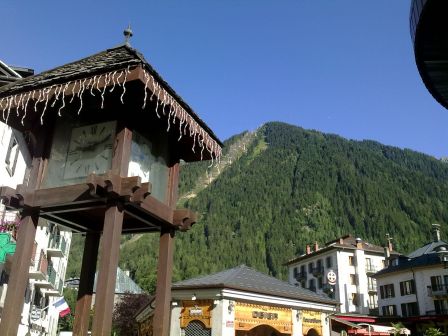
|